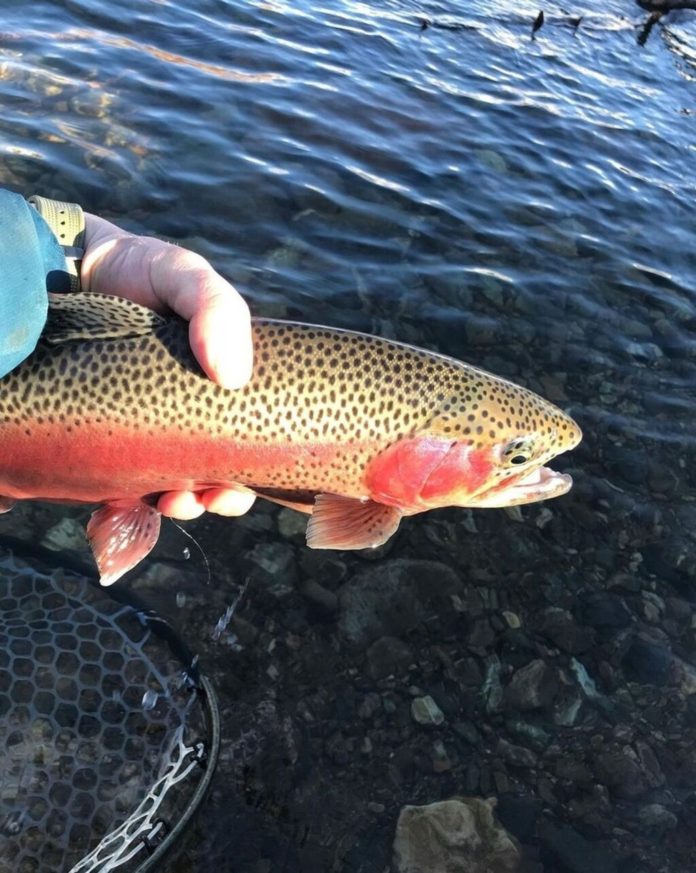Breckenridge Outfitters/Courtesy photo
With outdoor activities having become more popular in recent years it has become more important to protect and preserve the resources that we value most. It is imperative for us as stewards of our public lands to be active in participating and, most of all, informing others on proper outdoor practices such as leave no trace.
The Blue River is a popular fly fishing destination for locals and visitors alike. Anglers populate its reaches from Hoosier Pass to the Colorado River confluence in search of the thrill of pulling in cutthroat, brown or rainbow trout.
To ensure our recreational habits do not interfere with the health and well-being of the ecosystem, we must properly handle the fish we catch. Smart catch and release ensures the survival of any noninvasive fish you catch. When fish are released healthy and can continue to reproduce, it plays a major role in sustaining our ecosystem. There are three stages to protecting the fish during catch and release: catching and landing the fish; handling the fish; and safely releasing the fish.
Catching the fish
Be quick. Fighting the fish for a long time can exhaust the fish and make it difficult for the fish to recover. Be sure to use heavier tippets and lines to minimize the time that the fish has spent on the end of your line. Use barbless hooks. Barbless hooks will allow the hook to pop right out of the mouth of the fish and will in turn do less damage to its mount compared to a barbed hook.
Handling the fish
In recent years it has become apparent to us that using rubber nets should be used to land a fish. The slick rubber bucket of a net protects a fish’s slime coating. Fish secrete a glycoprotein slime from their cells in their skin. The constant sloughing of slime makes it harder for pathogens to enter the fish and for parasites to attach. The mucus function also supports respiration, ionic and osmotic regulation, reproduction, excretion, communication, feeding, and nest building.
To protect a fish’s slime, be sure to take off your gloves in the colder months when handling your fish. Gloves are sure to strip that coating tight off that fish, so be kind and get your hands wet before touching that fish in any way. If you need to get a photo, keep the time that the fish is out of the water at a minimum. Gently raise the fish out of the water, snap a photo and put it back in for a breather.
Releasing the fish
Before releasing that fish back into the water, be sure that the fish can fully recover from the fight so that it is able to swim back into its environment and survive. Hold the fish in the water upright and allow for the fish to breathe. Do not give them a push out to the open water but rather let them swim out of your grasp. Sometimes if the fish is having a hard time recovering, move it forward and back in the water to allow water to move through the gills. Once the fish swims away you are reading the water to catch another!
Our recreational habits should not become a detriment to the health of the fisheries. As an angler it may be assumed that you appreciate the beauty of the landscape, the quiet rhythm of the river, and the flora and fauna that thrive alongside the riverain corridor. As a foundation to our food web, the river and the fish hold a key role in supporting innumerable species.
“Get Wild” publishes on Fridays in the Summit Daily News. Ian Cormack is a Rocky Mountain transplant who spends his seasons guiding those who want to adventure behind the oars or in the saddle.
Credit: Source link






























